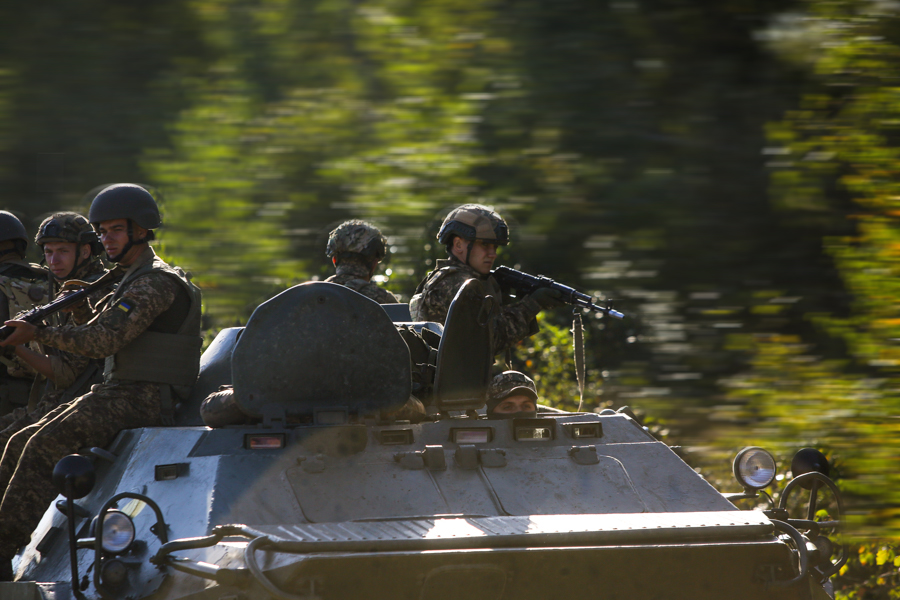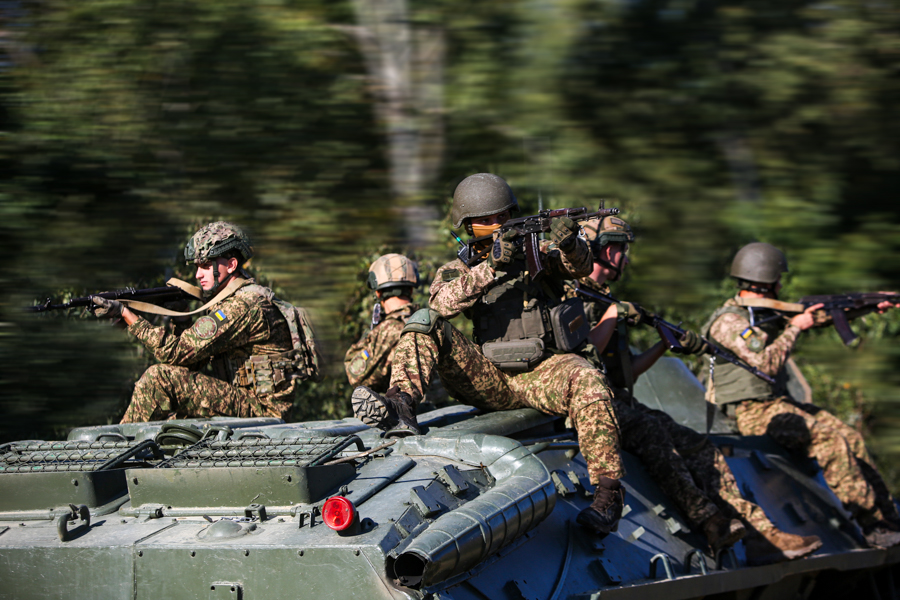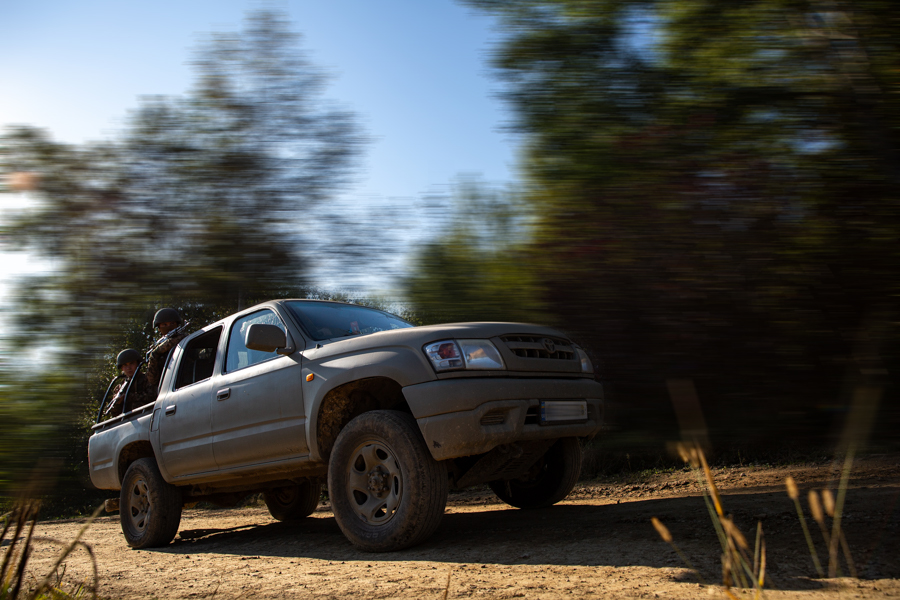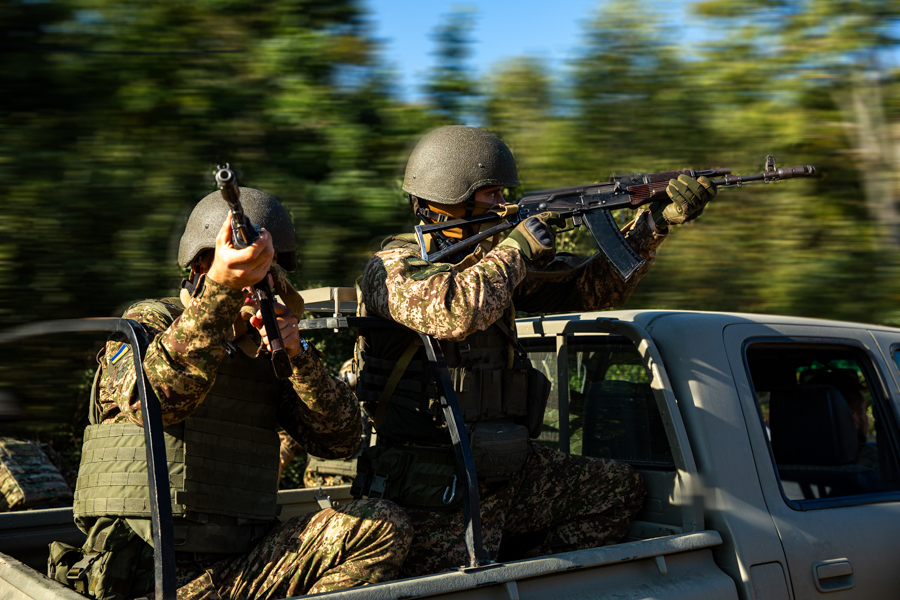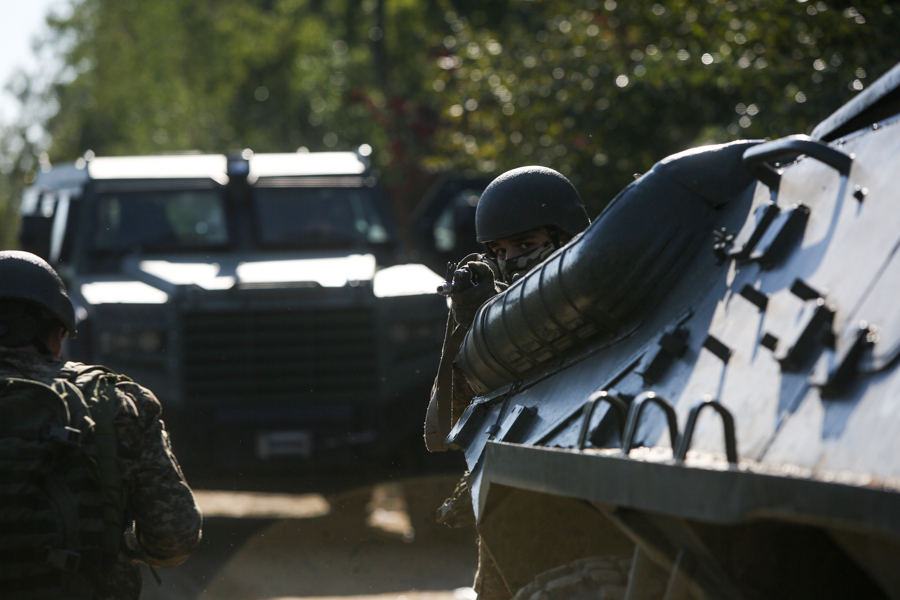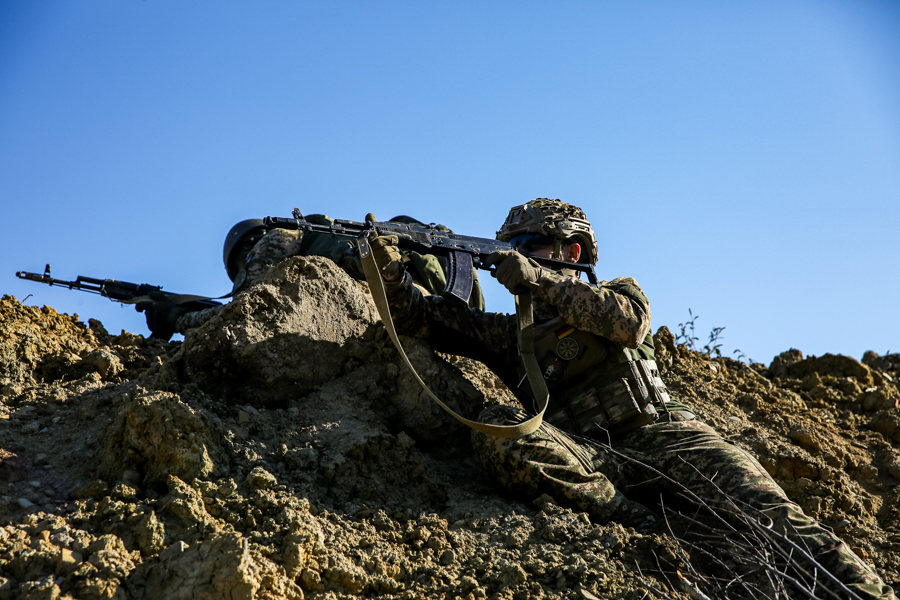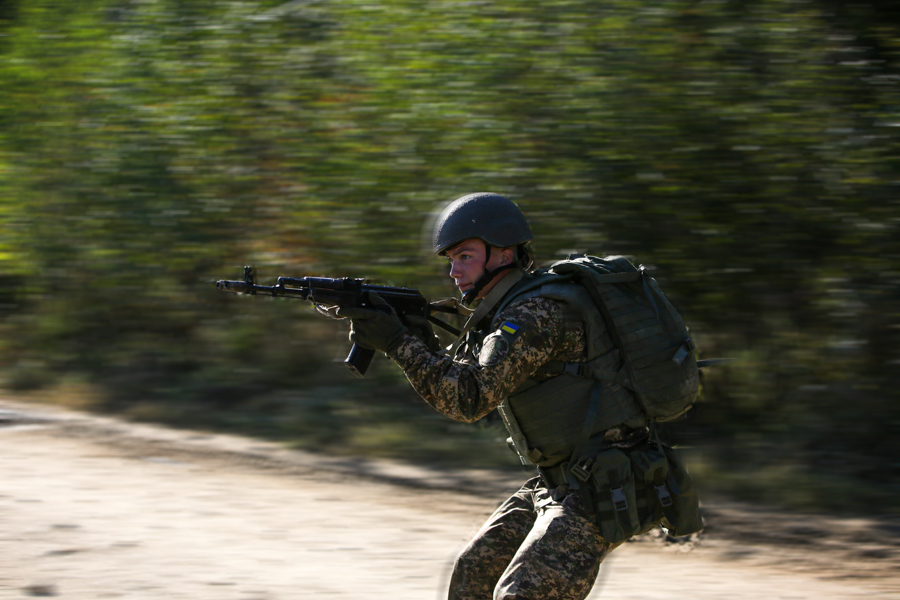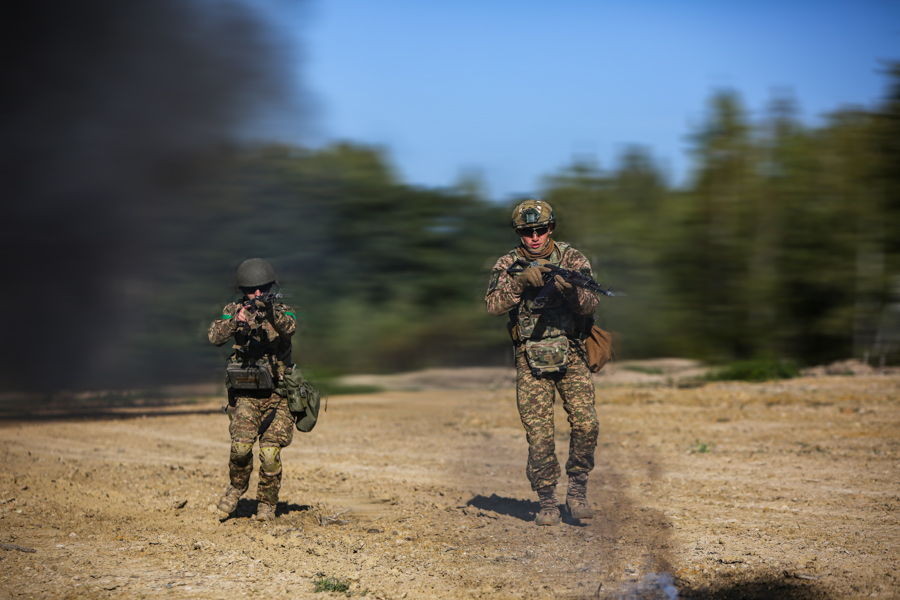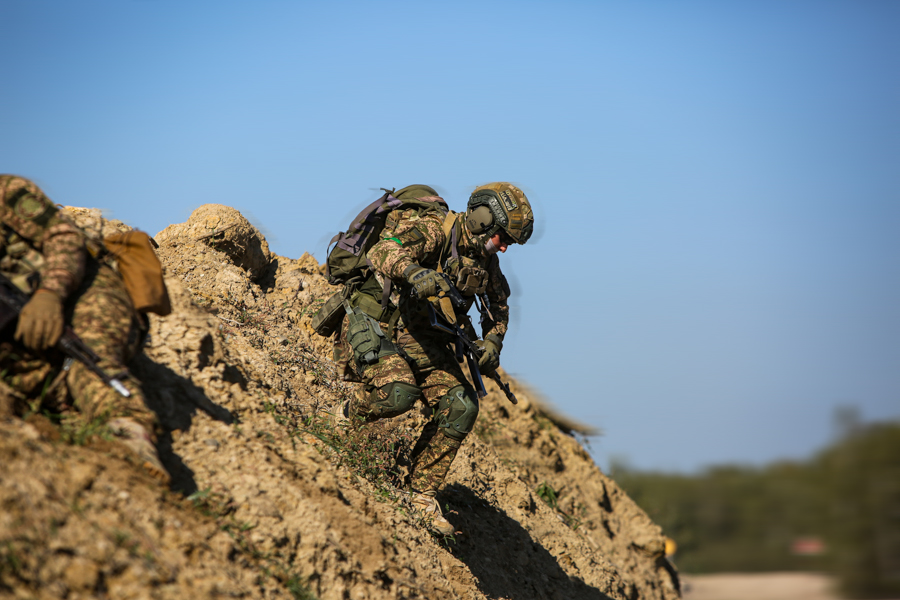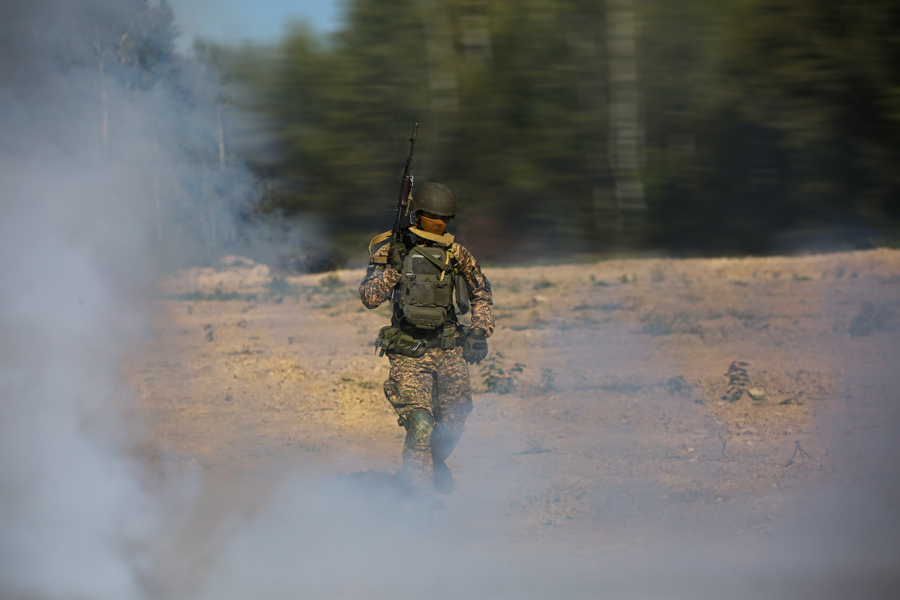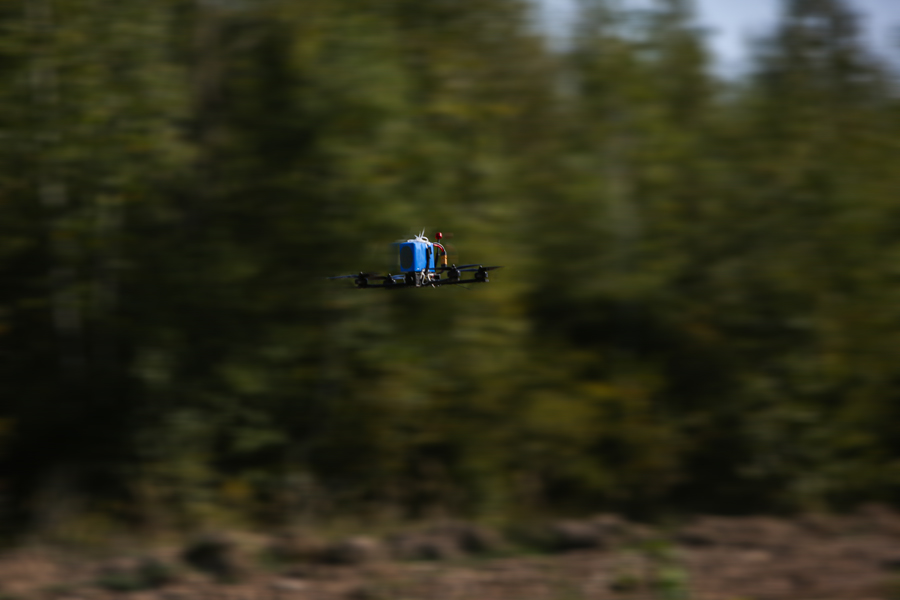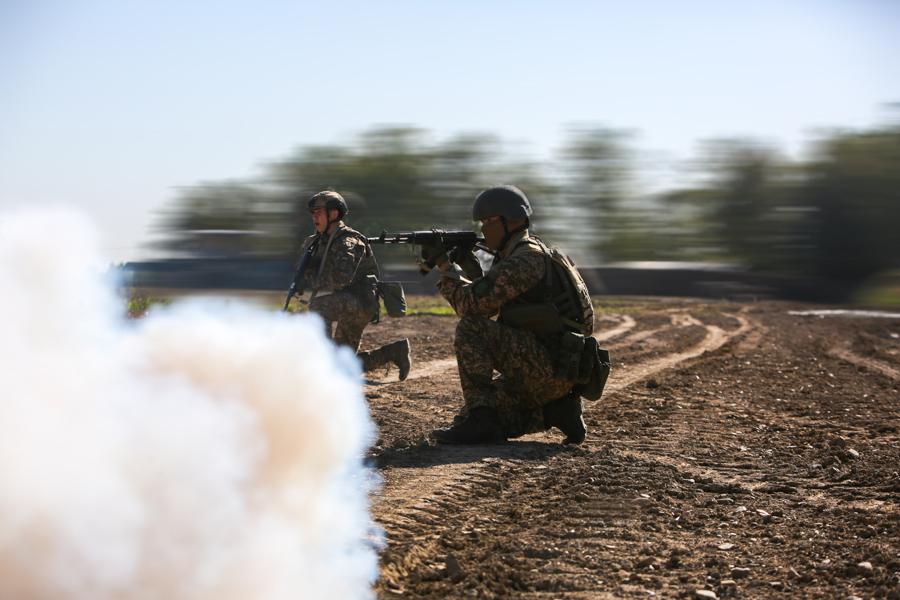How the future commanders learned to act in combat conditions
A class on the tactics of mechanized units was held with the cadets of the Command and Staff faculty of the National Academy of the National Guard.
During the training, the cadets practiced the march of a mechanized unit, the location of a mechanized unit on the terrain, the organization and conduction of a defensive battle.
During the practice of the first educational question, the task of the cadets in the positions of platoon commanders of the operational assignment was to receive the task, carry out its analysis, determine the route of movement, establish a communication system, coordinate actions between different parts of the column, actions of units in case of an enemy’s attack.
During the location of the mechanized unit on the spot, the cadets worked out a graphic solution for the identification and arrangement of the main defensive positions, the organization of the service of observation posts, the planning of fire positions, the installation of engineering barriers and, most importantly, the definition of areas of responsibility for units and commanders with the help of the "Nettle" base complex.
The next stage is the organization and conduction of a defensive and offensive battle.
During the organization of a defensive battle, the selection and arrangement of defensive positions, the creation of a fire system, damage zones and fire "bags", the organization and conduct of fire and the management of defense were worked out. All these measures were worked out with the help of combat kit "Nettle" and based on this decision, a practical work-out of all these measures was carried out.
"To complete successfully a combat mission, coordinated teamwork is necessary. Each cadet tried to be a commander, demonstrated his command and leadership qualities, the ability to think critically in difficult situations and make balanced tactical decisions, thereby improving his skills in managing a unit. The main task was to work out the training questions in such a way that all the actions performed by the cadets were practiced to automatism", – Lecturer at the Department of Tactics Major Roman Prystinskyi notes.
It should be noted that during the training, UAVs and FPV – drones with a drop system – were used, and the evacuation of the wounded from the battlefield and the provision of first aid were practiced.
"The training seemed intense and effective. The situation was close to combat conditions thanks to the use of drones, airdrops, and smoke. All this did not allow us to relax, but on the contrary, it charged us to act quickly and coherently", – Senior Sergeant Taras Rukavets comments.
Department of International Relations, Information and Communication of the NANGU
